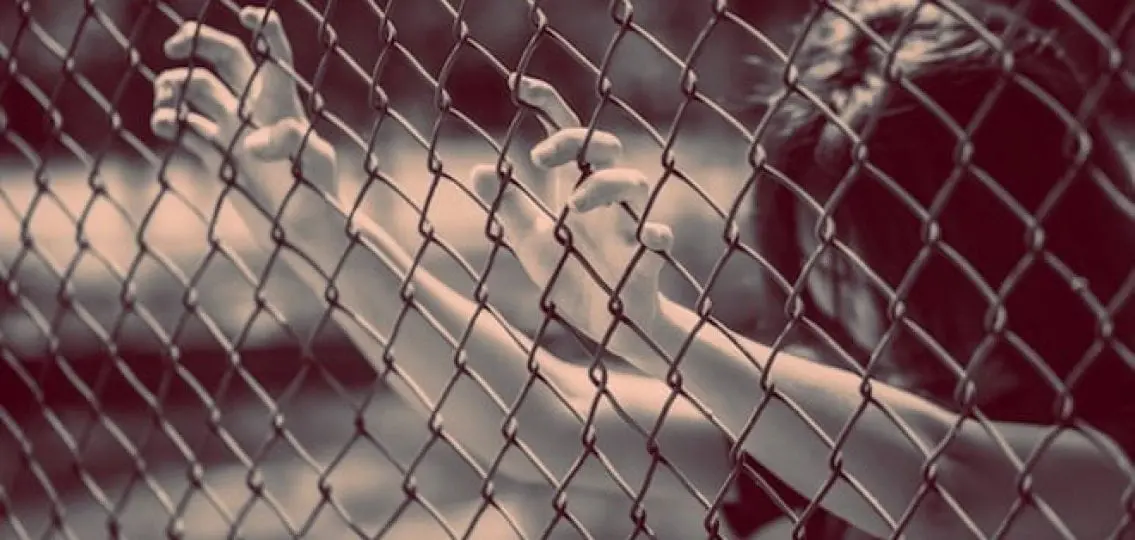Setting Boundaries With Teens
“God loved the birds and invented trees. Men loved the birds and invented cages.”
This quotation, by Jacques Deval, pretty much sums it up. The human desire to impose limits is completely natural, and for the most part, habitual. We can never really make others’ decisions, but in trying to keep them safe, we attempt to narrow their choices by eliminating the ones we don’t approve of, thus creating the limit. This protectiveness manifests itself in giving leashes to our dogs, bowls to our fish and curfews to our children … with the best possible intentions of course. Simply put, we want to take care of the ones we love. Whether this impulse stems from nature or instinct, its end result is always the same.
Don’t believe me? Take a firefly. When we find one, small and vulnerable against the dark of the sky, our first thought is to separate it from the unknown and contain it in a jar. The world is too big and too dangerous to let the little firefly go, so we keep it with us, safe in our possession and power. We poke holes in the lid of the jar because we don’t want to cut off its oxygen supply. But at the same time, we aren’t quite ready to let it out into the fresh air either. Yet, here’s the rub: just because the firefly is still breathing doesn’t mean it’s not feeling suffocated.
Responsibility For Teens: Setting Our Own Limits
In my life, limits enforced by others have never been an issue. This is because I am my own worst enemy. I realize the consequences of my actions. Nobody needs to check up on my grades because I realize the importance of working hard for myself, not for anybody else. I don’t have a bedtime or curfew because my parents assume that I’ll either be home at a reasonable time or call if it gets late. I know who my friends are and who I should be spending my time with. I can monitor my own nutrition and exercise. I am careful with money, even if it’s not mine, and therefore, I am trusted with it. Acting responsibly avoids the issue of setting limits altogether; it’s the better way to live.
In the end, a limit to me is like a fence. Once it’s set, there’s little room for exceptions. If you don’t like the restriction, you’ll go purposefully searching for a hole in that fence, and when you find one, you’ll do all in your power to squeeze through it onto the other side. I know where my fence should be. Although I do my best to stay safe within its borders, it’s nice to know that I’m trusted enough to go without it.
So, as Deval puts it, it is in our nature to cage and contain the ‘birds’ in our lives. This action keeps them safe, but keeps them from flying, as well. I believe that although some do need limits, if we teach children responsible decision-making, we can get rid of the cage altogether and allow them to fly, knowing that they won’t take advantage of their wings.
